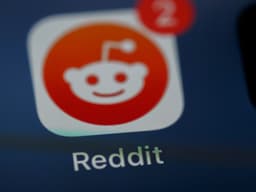
Brian Morrissey on challenges for general news publications and doing more with less
A view from the US in an interview with author of The Rebooting
The Fix Newsletter
Everything you need to know about European media market every week in your inbox
136 articles • 0 Followers









